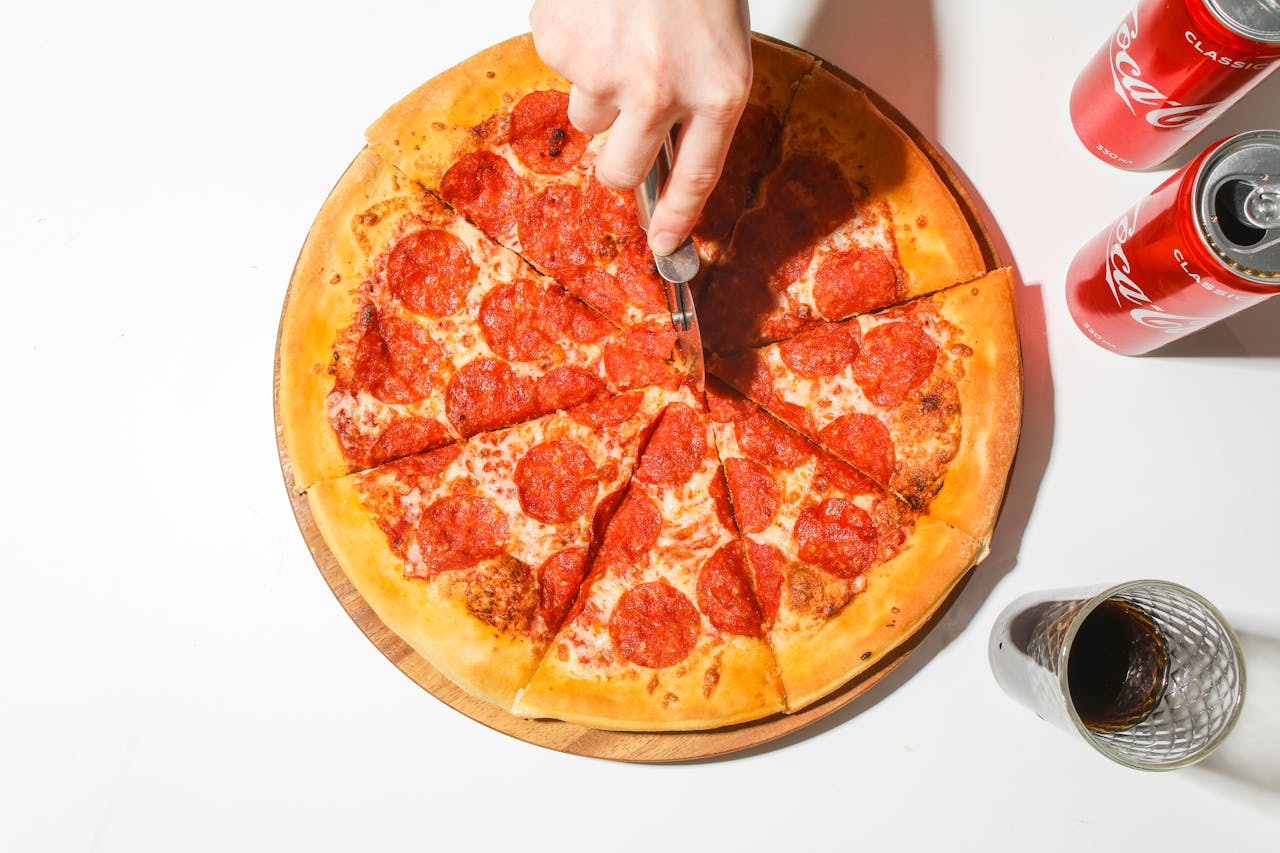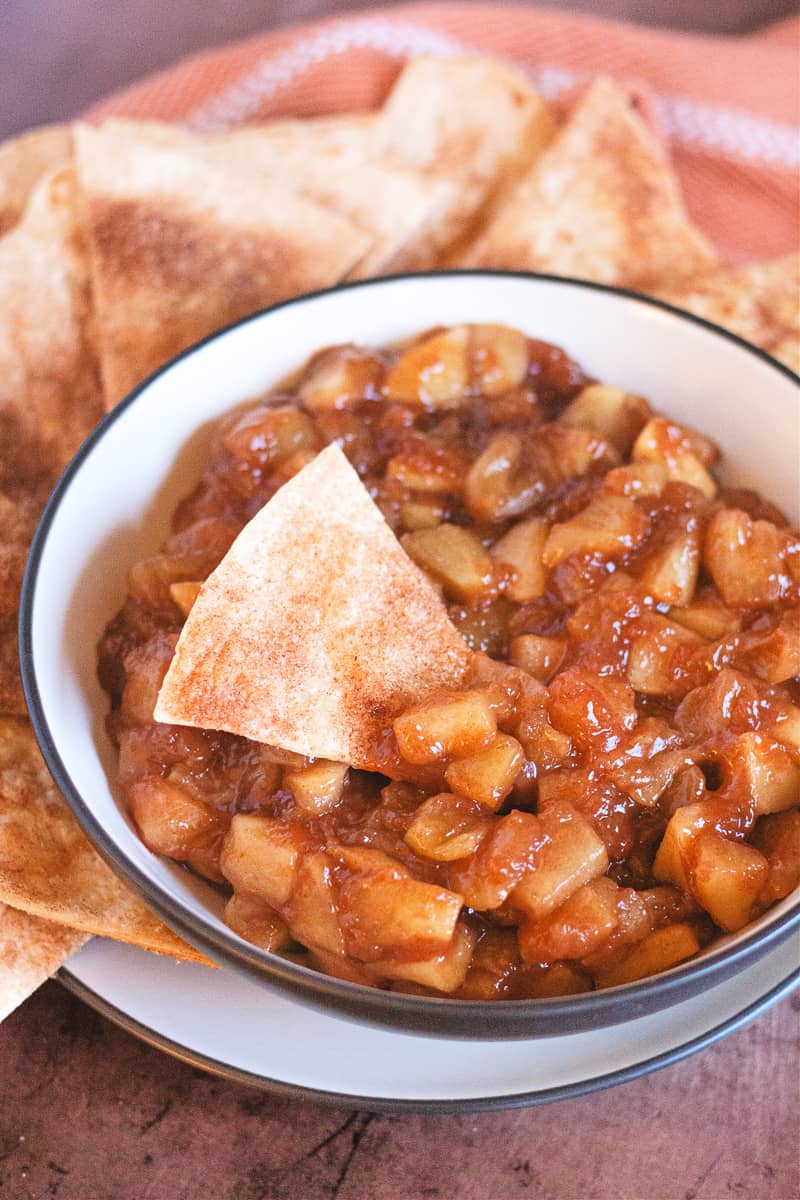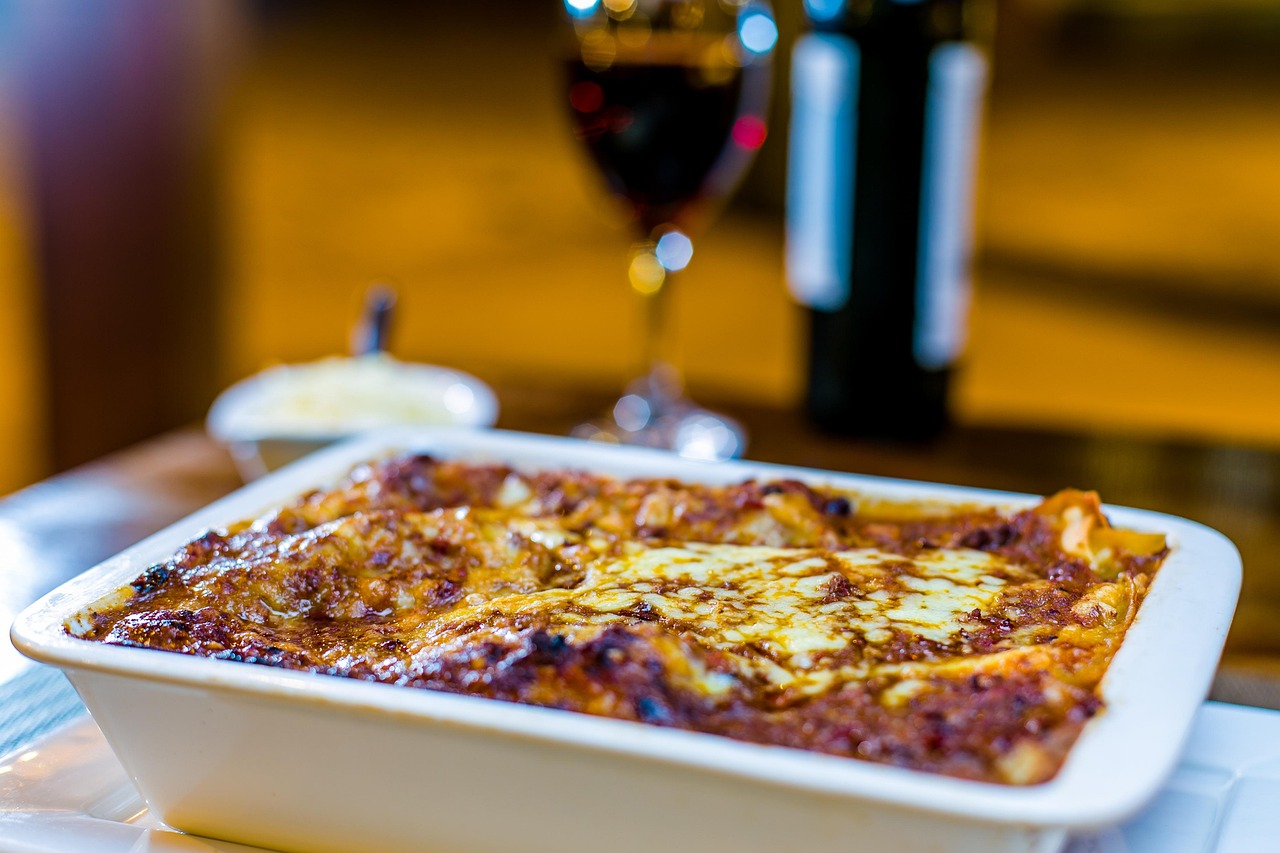Why Subway Bread Might Be Closer to Dessert Than You Think
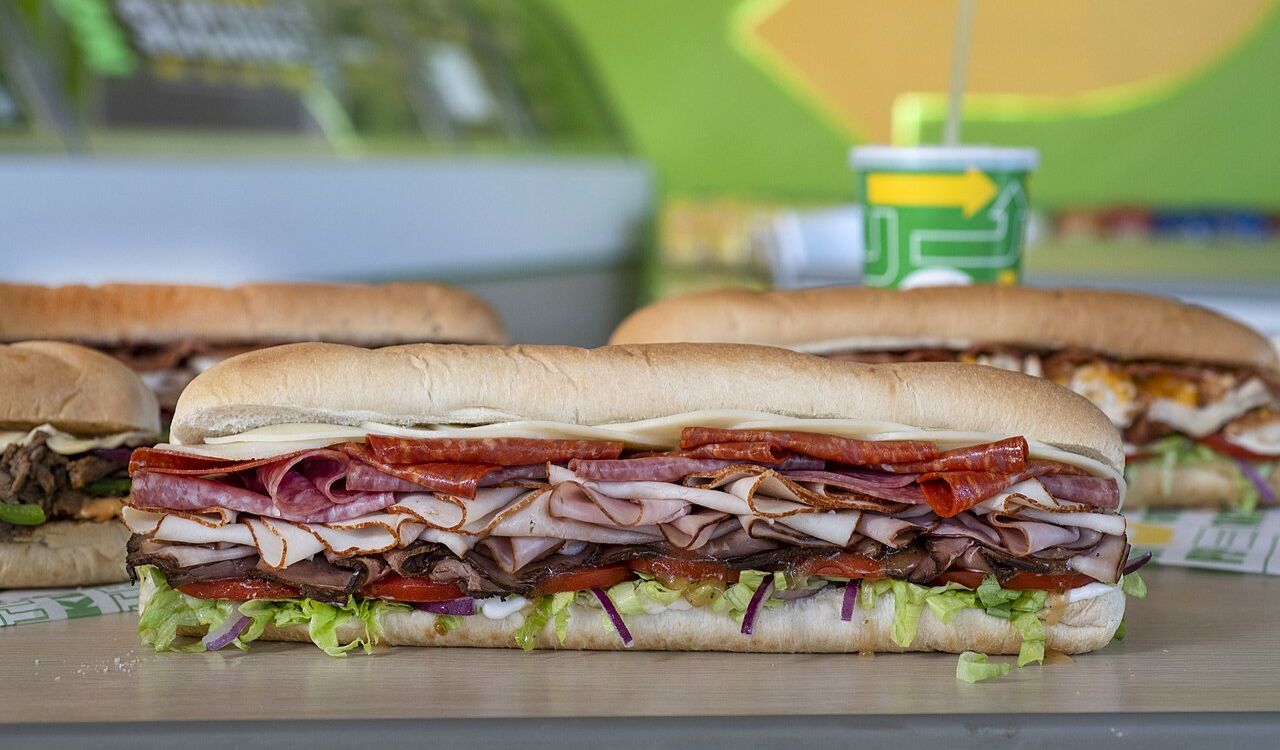
That freshly baked aroma inside a sandwich shop might make you think of a hearty, wholesome loaf of bread. Yet the bread from one of the world’s most recognizable fast-food chains has faced scrutiny for being far sweeter than people realize. In fact, a 2020 court case revealed that the sugar content in some of its breads was so high that it could not legally be classified as bread under Irish law.
For millions of customers, this raised a surprising question: if what we are eating looks like bread but has the sugar profile of a dessert, what exactly are we eating?
The Bread That Was Too Sweet to Be Bread
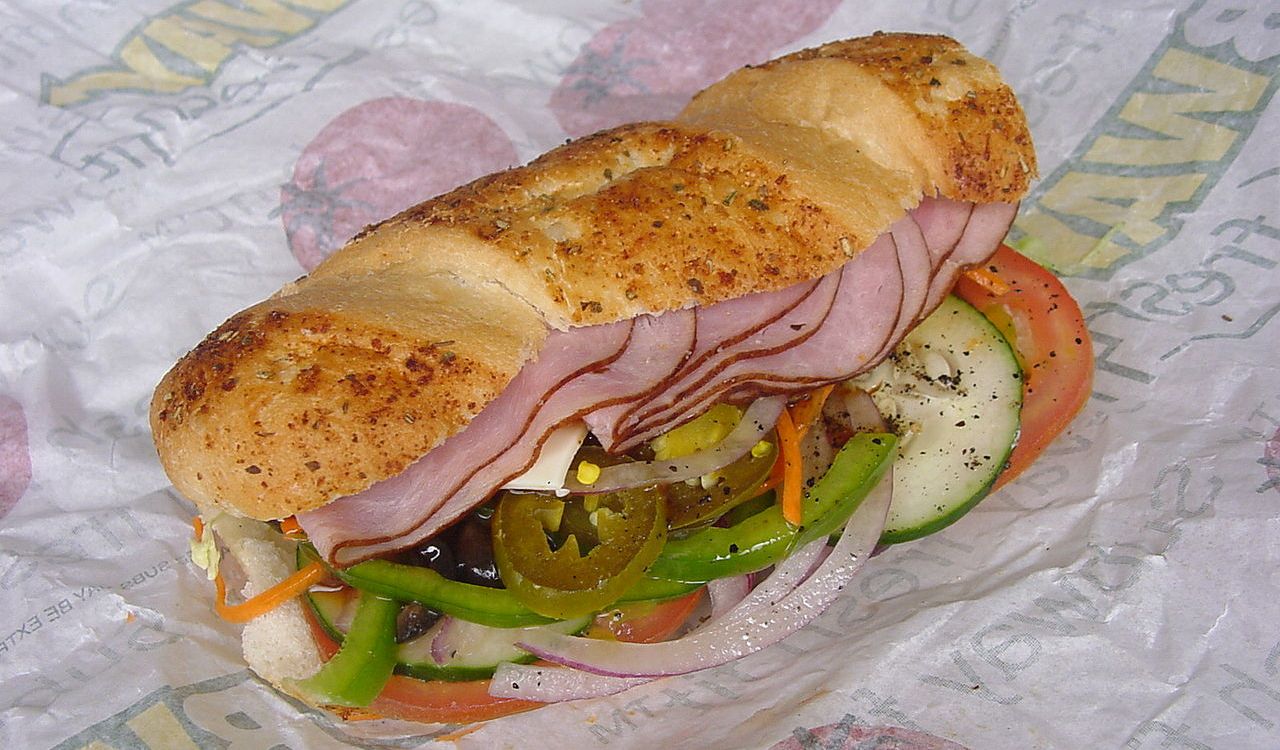
In October 2020, Ireland’s Supreme Court ruled that Subway’s bread contained too much sugar to meet the country’s legal definition of bread, which is based on tax classification. Under Irish law, bread qualifies as a staple food exempt from value-added tax only if its sugar content does not exceed two percent of the weight of the flour. Laboratory analysis showed that Subway’s bread contained about ten percent sugar relative to the weight of the flour, five times the legal limit.
The court decision did not allege any safety or labeling violations, but it did clarify how sweet the product actually is. For context, most traditional sandwich breads, such as baguettes or whole-grain loaves, have one to two percent sugar by flour weight. That small amount supports yeast fermentation and improves browning. At ten percent, a roll begins to resemble a sweet bun or cake base rather than standard bread.
The company stated that its bread is made from the same basic ingredients used by bakeries everywhere, but the case sparked global headlines and public curiosity. Many consumers were surprised to learn that a product they viewed as savory contained so much sugar.
How Sweet Is a Subway Roll?
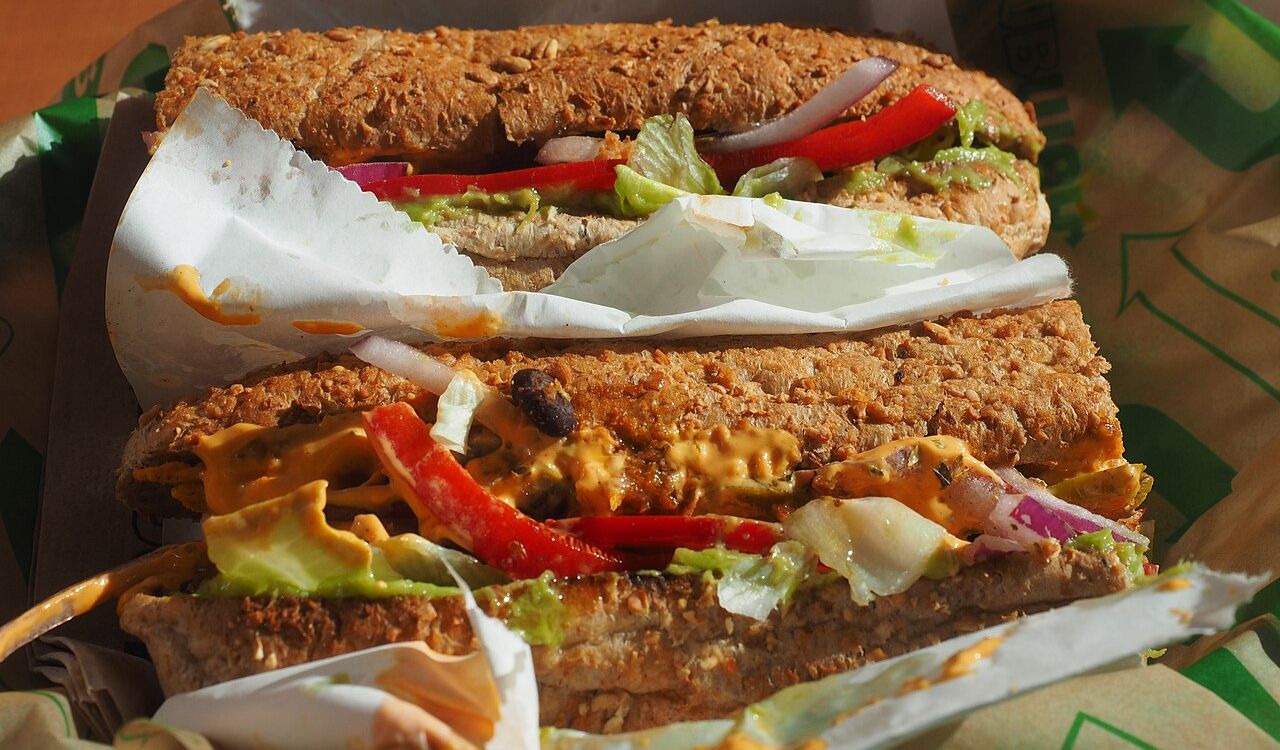
Nutrition data published by the restaurant shows that a six-inch portion of its classic Italian bread contains three grams of sugar, while the 9-grain wheat and 9-grain honey oat options contain five and six grams, respectively. These figures vary slightly depending on regional recipes but remain consistent with publicly available U.S. data.
To visualize this, one teaspoon of granulated sugar equals about four grams. That means a single six-inch roll provides roughly one teaspoon of sugar, while a foot-long sub doubles that amount. The 9-grain honey oat bread, often marketed as a wholesome option, reaches about one and a half teaspoons for the smaller size.
Although this is not as high as cake or pastries, it is far more than what people typically expect from a savory sandwich base. When combined with sauces such as sweet onion or honey mustard, the total sugar in a single sandwich can quickly rival that of a dessert.
The sweetness is deliberate. Sugar gives the bread its signature golden crust and helps it stay soft longer. It also produces the enticing bakery smell that greets customers when they walk into a store.
What the Court Case Really Highlighted

The Irish court ruling was about tax classification rather than nutrition labeling, but it raised broader questions about ingredient transparency. Under Irish tax law, foods considered “staple” items like bread are taxed at a lower rate, while confectionery items, which include baked goods with higher sugar content, are not exempt.
Subway’s product exceeded the sugar threshold that would qualify it as bread, which meant it was legally treated more like a baked sweet. While the ruling applied only in Ireland, it revealed how far modern fast-food bread recipes can deviate from traditional definitions.
Food scientists pointed out that the high sugar ratio affects not only classification but also taste and texture. The additional sugar provides caramelization, elasticity, and a tender crumb, all characteristics that make the bread appealing but also more dessert-like.
The Nutrition Perspective

Health experts emphasize that sugar in bread is not necessarily harmful in small amounts. The problem arises when consumers underestimate how much sugar is hidden in everyday items. Bread is often seen as neutral, yet many store-bought or restaurant loaves contain added sweeteners to improve color and flavor.
A comparison with standard supermarket options shows that a slice of plain white sandwich bread usually contains one to two grams of sugar, while sweeter varieties like honey wheat can reach four grams per slice. The numbers for a six-inch sub roll, three to six grams, place it toward the higher end of that range, especially considering that most people eat two halves in a single meal.
From a dietary standpoint, this can contribute meaningfully to daily sugar intake. The World Health Organization recommends that adults limit added sugars to less than ten percent of total calories, with an ideal target of five percent. For someone consuming 2,000 calories a day, that means keeping added sugar under about 50 grams, roughly 12 teaspoons. While a sandwich may not break that limit on its own, frequent consumption adds up over time.
Why Consumers Should Pay Attention
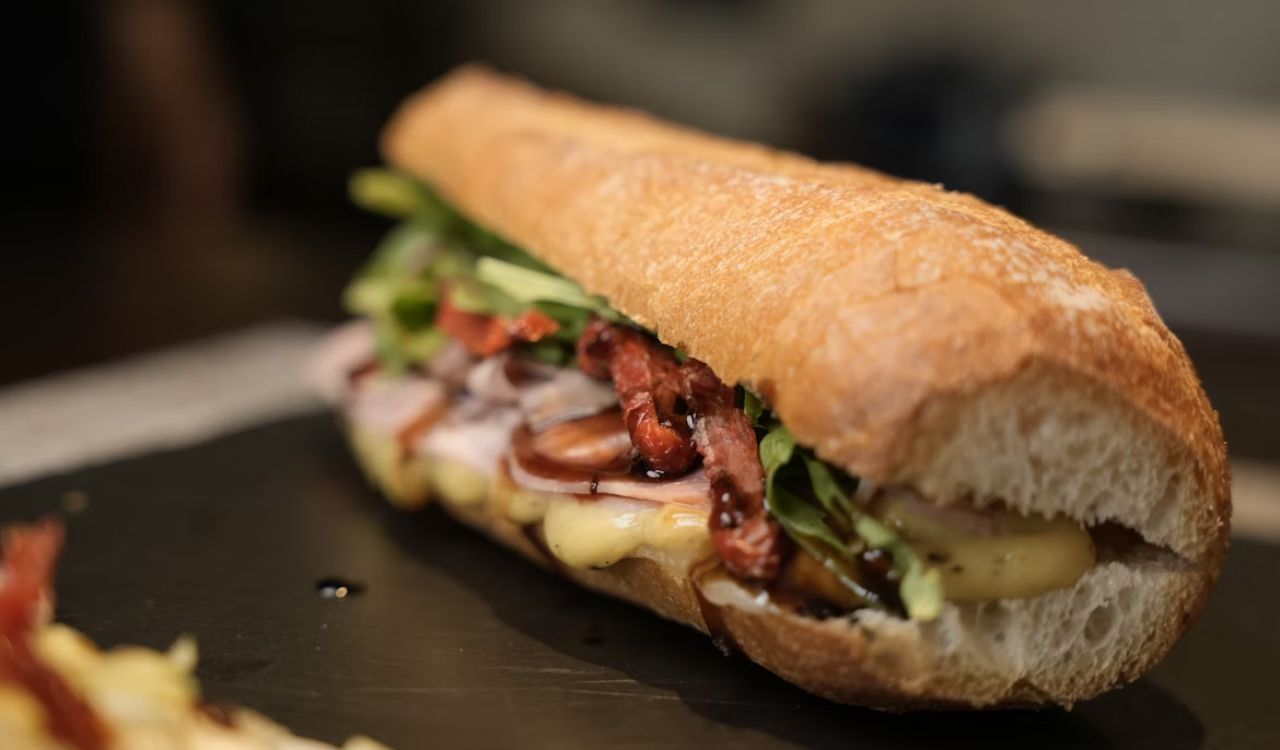
Understanding how sugar appears in everyday foods helps consumers make informed choices. In many fast-food menus, items that seem savory can contain as much sugar as obvious desserts. Bread, sauces, and condiments often carry hidden sweetness that shifts the nutritional profile without changing the taste dramatically.
If you are looking to manage sugar intake, there are practical steps to make your sandwich a little less sweet:
- Choose plainer bread varieties. Options labeled “Italian” or “wheat” typically have less sugar than honey oat or specialty flavors.
- Skip sugary sauces. Avoid dressings like sweet onion, teriyaki, or barbecue and opt for mustard, vinegar, or olive oil instead.
- Balance with protein and vegetables. Adding lean meats and fresh produce slows digestion and helps stabilize energy levels.
- Watch portion size. A six-inch sandwich can be more balanced than a foot-long if you are mindful of sugar elsewhere in your diet.
- Review the nutrition chart. Most chains publish ingredient and calorie data online. Checking before ordering is the easiest way to stay informed.
Making small swaps can reduce added sugar intake without sacrificing flavor or convenience.
Bread, Sugar, and Changing Expectations
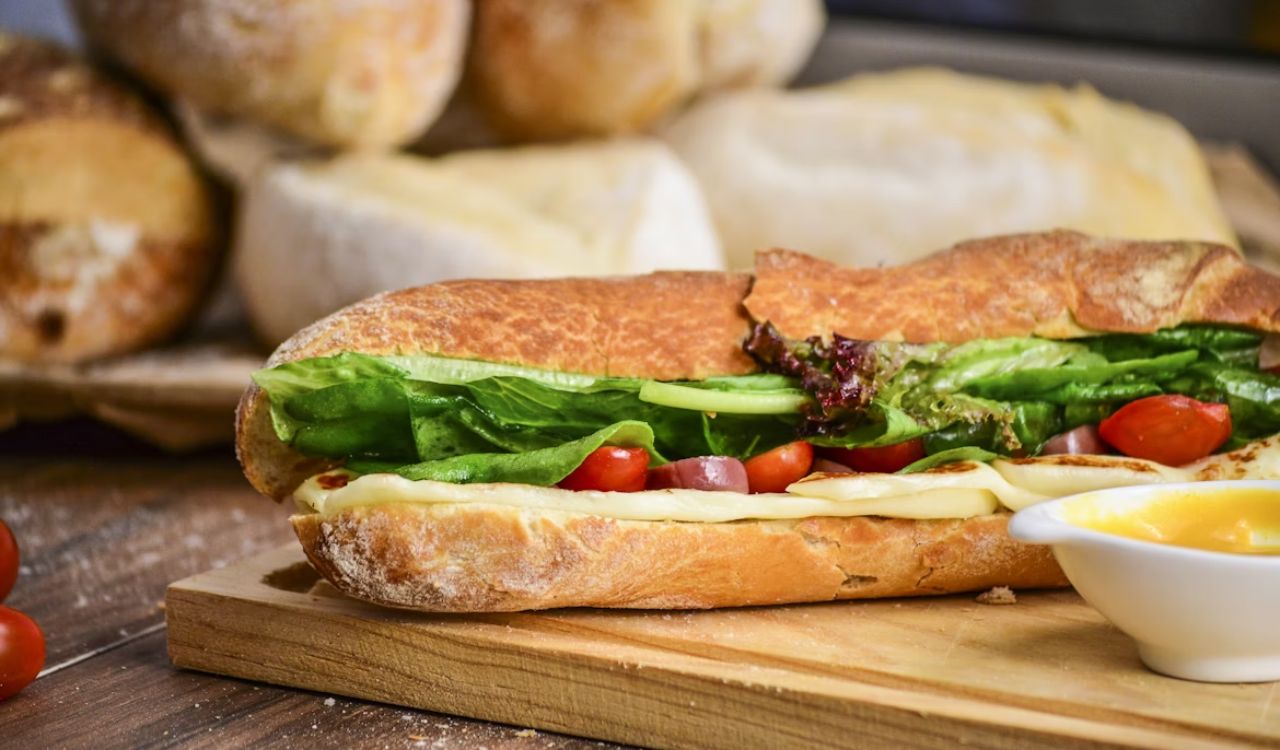
The revelation about the sugar content in sandwich bread reflects a broader shift in how people view processed foods. Consumers increasingly expect transparency and balance, even from quick-service restaurants. The case that unfolded in Ireland became a symbol of how industrial recipes sometimes blur the line between staple foods and indulgences.
This does not mean that the bread is unsafe or inherently bad. It simply illustrates how modern baking practices have evolved to emphasize softness, sweetness, and aroma, qualities that appeal to global palates but push recipes closer to the world of pastries.
The conversation also highlights how regulatory frameworks differ. What counts as “bread” for taxation in one country might still be considered bread for labeling elsewhere. The takeaway for consumers is not fear, but awareness. Knowing what is in your food allows you to make choices that align with your goals.
The Bottom Line
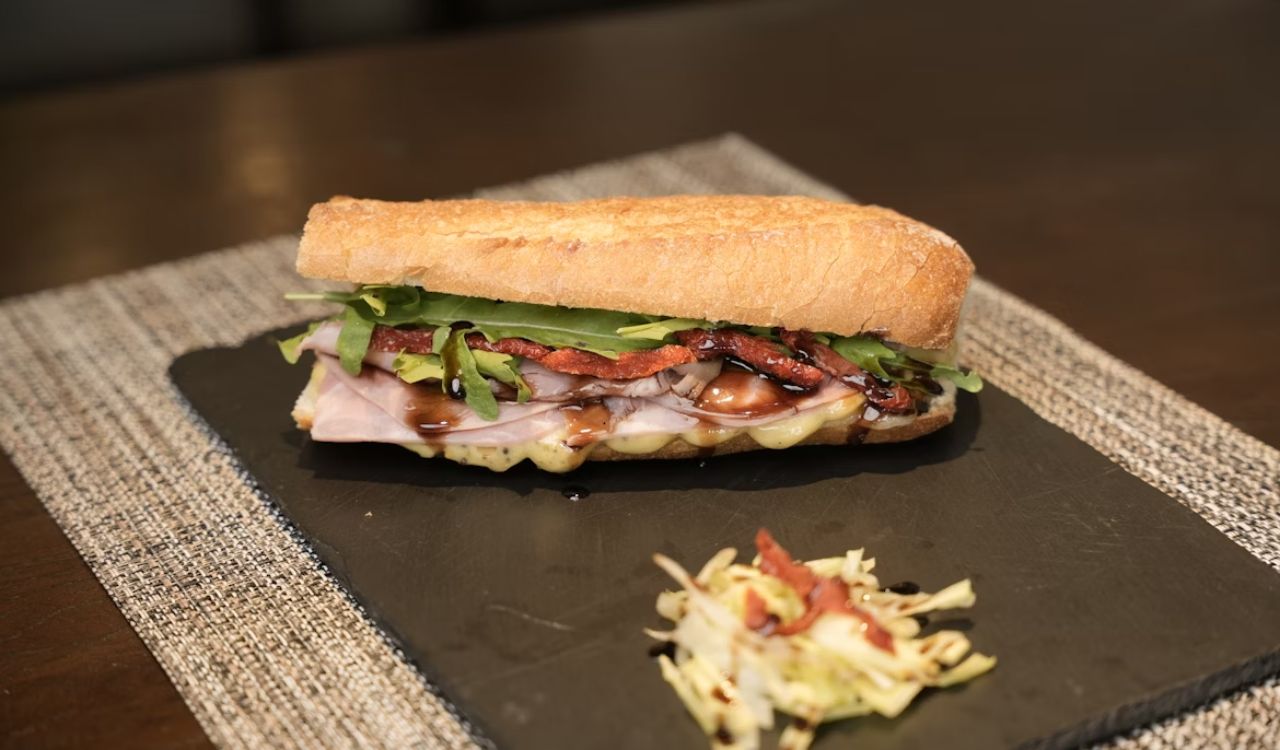
The bread used in many sandwich chains is still bread by everyday standards, but it carries a sugar profile that leans toward sweetness. The Irish court ruling underscored just how much sugar can be present without most people noticing. A six-inch roll containing three to six grams of sugar may not sound excessive, yet it contributes more sweetness than many expect from a savory food.
Understanding the details behind such cases helps us think critically about what we eat. Bread that smells, browns, and tastes slightly sweet might satisfy our senses but may also inch closer to dessert territory. The next time you order your favorite sub, take a moment to check what is really in the bun. You might discover that your “healthy” choice has a surprising sweet side.
References
- Is Subway’s bread actually bread? The dispute is a reminder of how much sugar lurks in our food.- WashingtonPost.com
- Of course, Subway’s bread is full of sugar. Why else would my kids like it?- TheGuardian.com
- Subway ‘bread’ is not actually bread under Irish law- GlobalNews.ca
- Subway 6″ Italian (White) Bread Nutrition Facts- FastFoodNutrition.org
- Guideline: Sugar intake for adults and children- WHO.int




